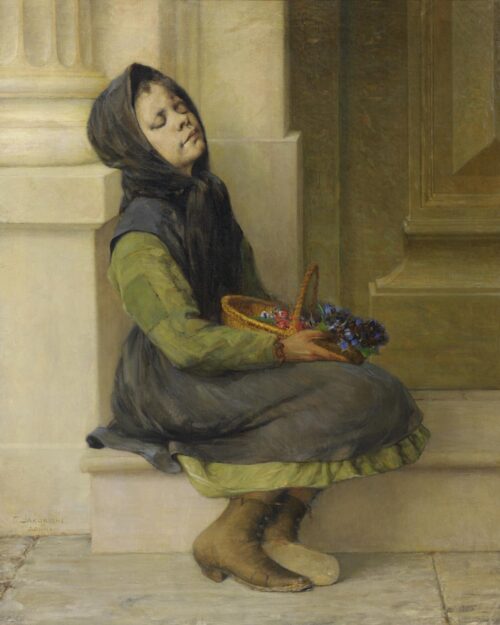
Iakovidis Georgios (1853 - 1932)
The Refugee Girl / Sleeping Flower Girl, after 1900
He studied painting at the Athens School of Fine Arts (1870-1876) under Nikephoros Lytras. In 1877, having won the competition the School had announced for study in Europe, he enrolled in the Munich Academy where he took lessons, until 1883, under Ludwig von Lofftz, Wilhelm Lindenschmidt and Gabriel von Max. He remained in Munich until the close of the century, became involved in the artistic life of the city and established himself. Having already presented his works in exhibitions at the Kunstverein and Glaspalast, in 1884 he became a full member of the Kunstlergenossenschaft, and was three times appointed a member of the critical committee for its exhibitions (1889, 1892, 1895). In addition to Germany, where he was distinguished in many exhibitions, he also had an important presence in exhibitions organized in Athens, and the International Exhibitions of Paris (1878, 1889 – bronze medal, 1900 – gold medal). In 1900, at the invitation of the Greek government, he returned to Greece and took over the direction of the newly constituted National Gallery, a position he occupied until 1918. In 1904 he succeeded his teacher Lytras to the Chair of Painting of the School of Fine Arts where he taught until 1930, serving as Director of the School from 1910. In 1914 he was awarded the Prize in Arts and Letters and in 1926 elected a member of the Athens Academy. In 2005 the National Gallery of Athens organized a retrospective exhibition of his work.
He is considered to be one of the supreme representatives of academic painting in Greece, despite some conflicting aspects of his visual creation, not to mention his broader field of action. The subject matter to be found in his work includes mythological and genre scenes, portraits, landscapes and still lifes. During his residence in Munich, a period to which can be traced the influences of German impressionism on his work specially in regard to the rendering of light and color, he showed particular interest in genre painting, scenes from childhood, as well as the depiction of figures in the countryside. Upon his return to Greece he turned primarily to the execution of official portraits, still lifes and flower paintings.

The Refugee Girl / Sleeping Flower Girl, after 1900
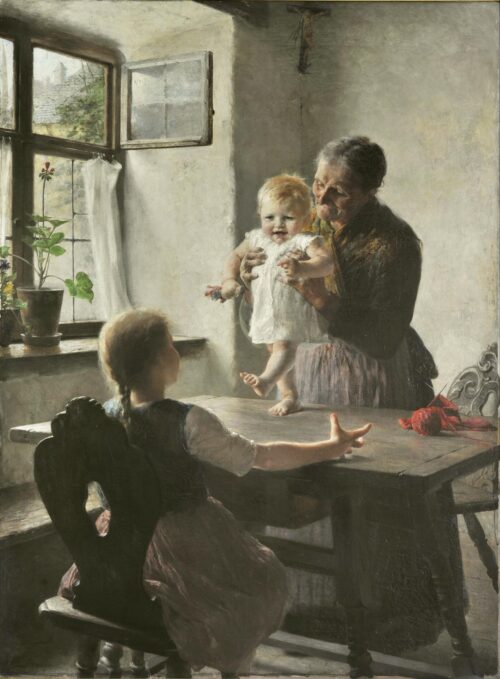
First Steps, 1892
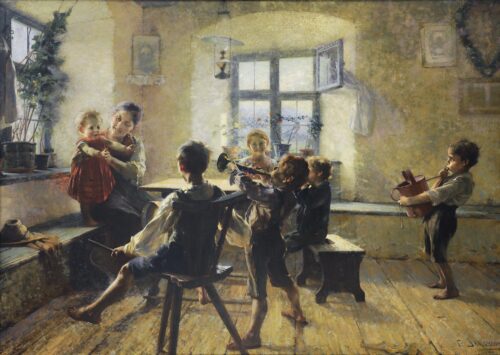
Children’s Concert, 1900
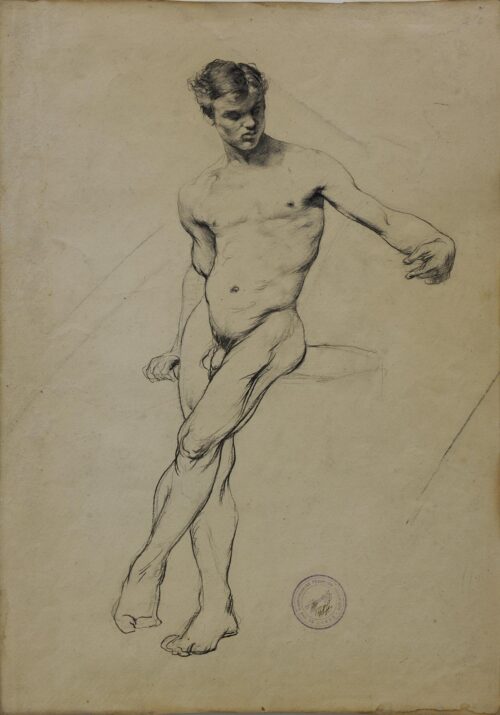
Study of a Nude Youth
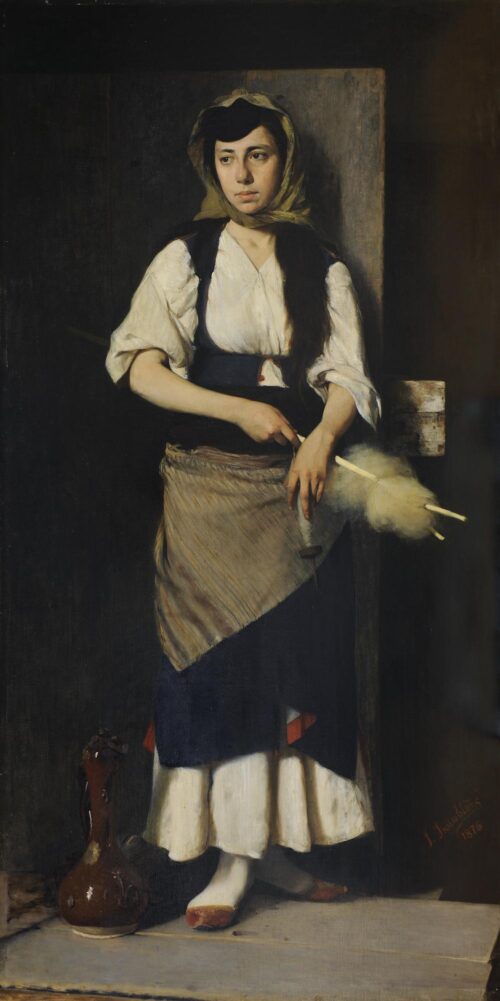
Girl with Distaff and Spindle, 1876
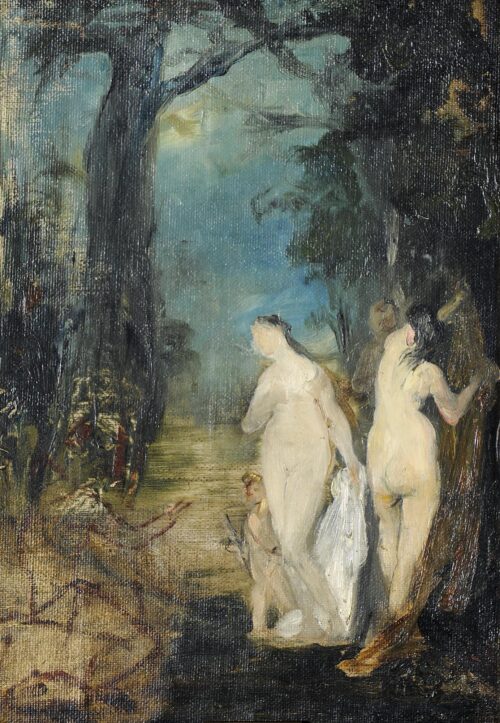
The Judgement of Paris, ca 1880
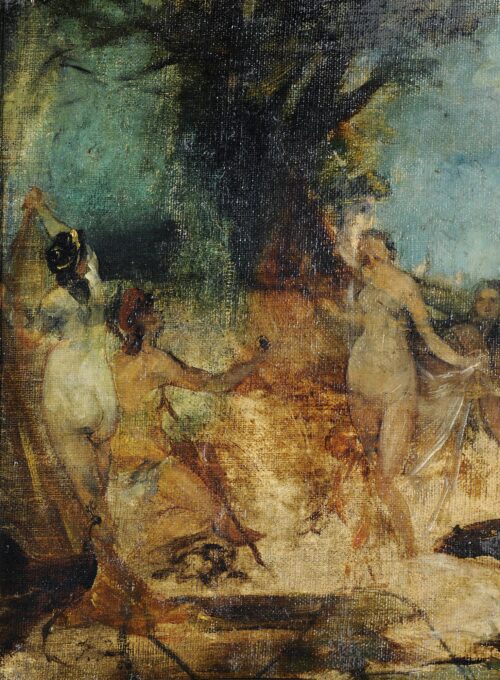
The Judgement of Paris
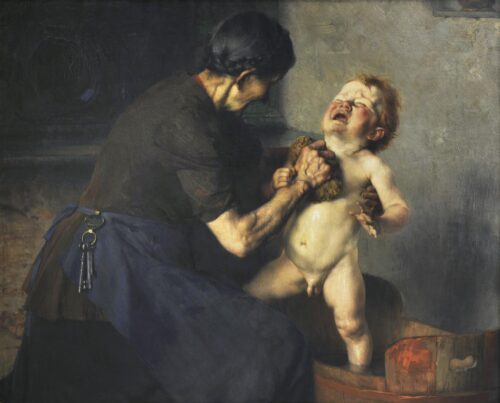
Cold Shower, 1898
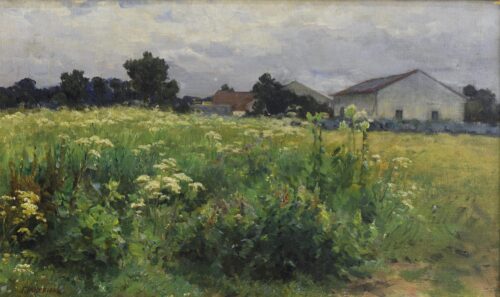
Grassy Field, before 1890
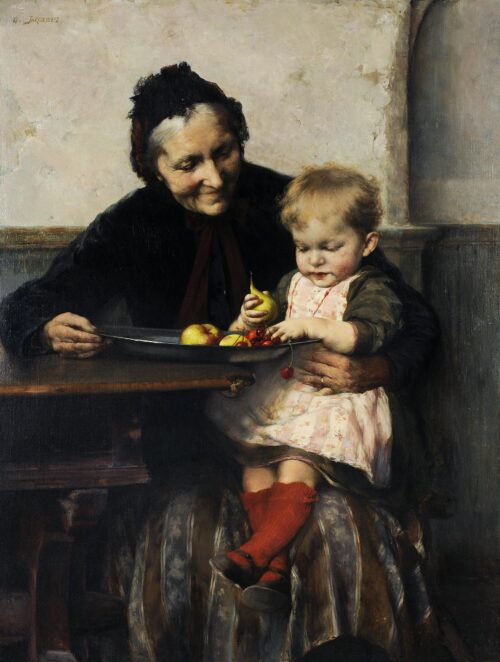
Grandma’s Favourite, 1893
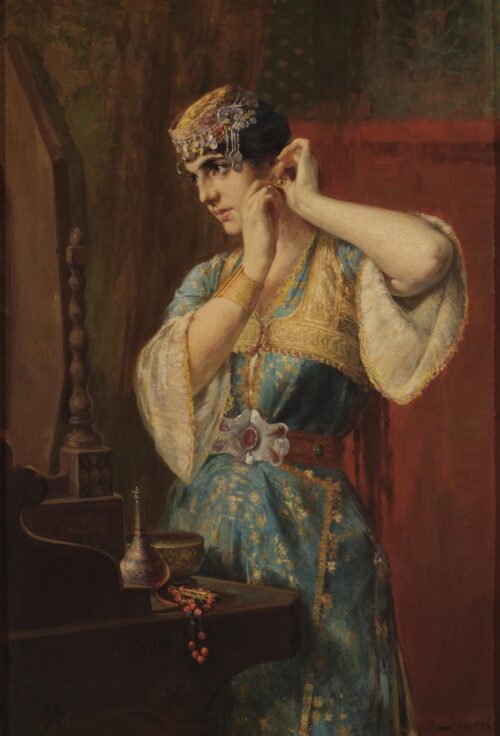
The Toilette, ca 1887-1893
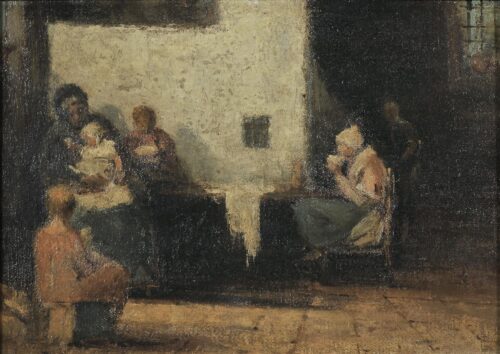
Family Scene
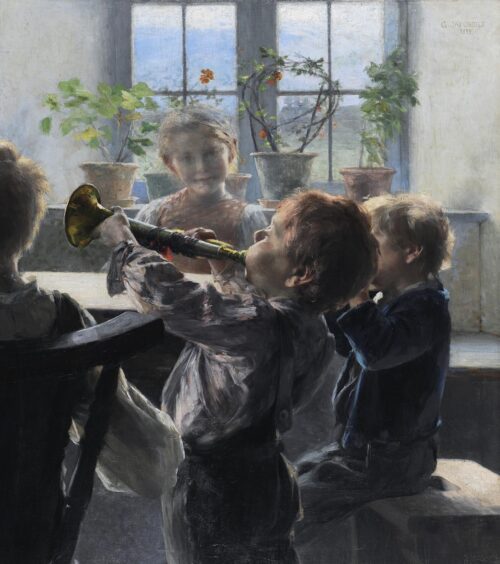
Fragment from the “Children’s Concert”, 1899
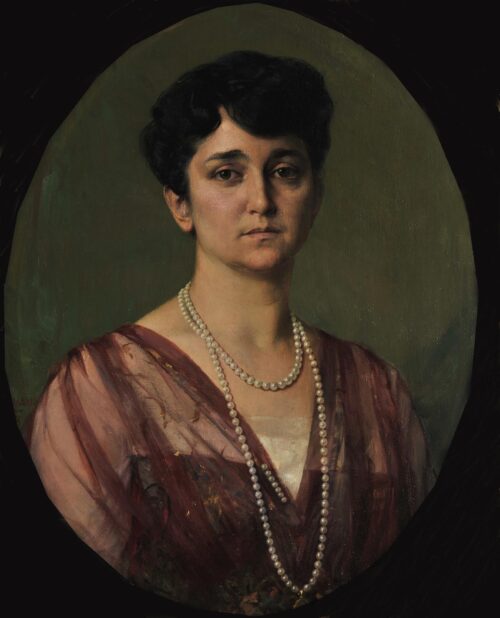
Portrait of Woman, 1918
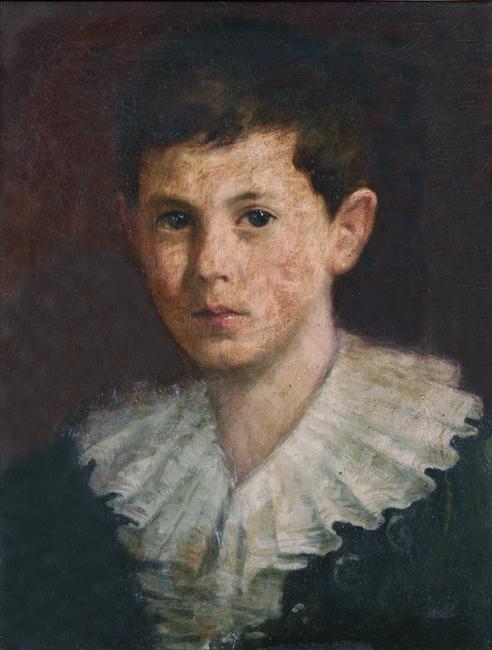
Portrait of Leon Efstratiou
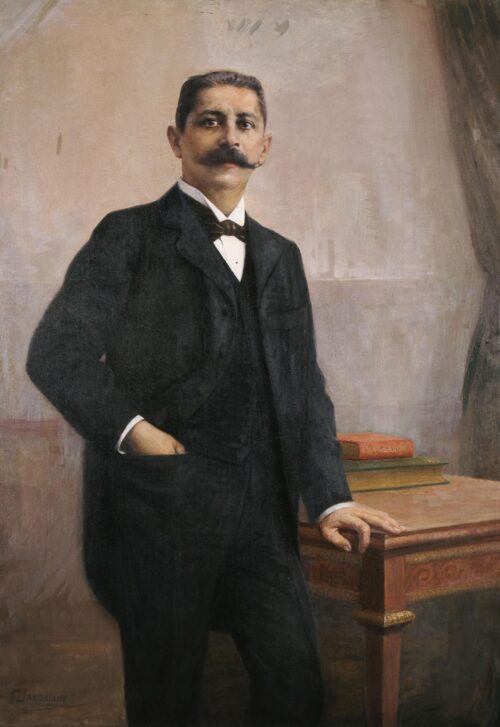
Othon Tetenes, ca 1915
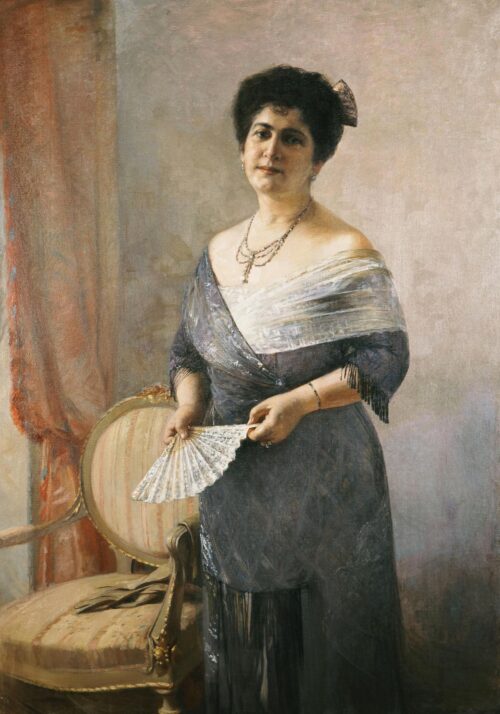
Portrait of Marianthi Othon Tetenes, ca 1915
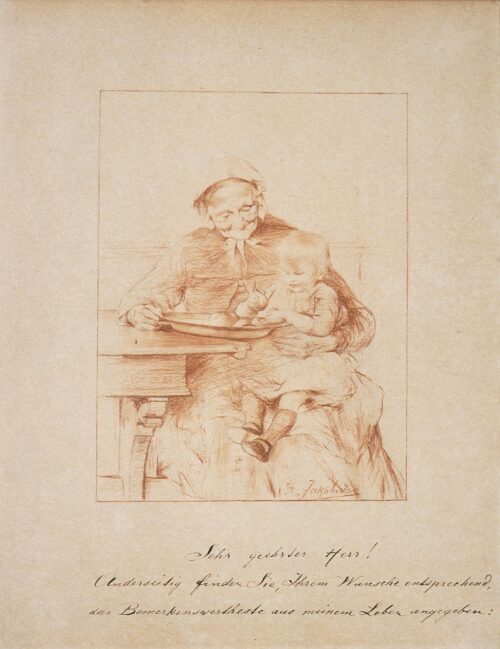
Grandmother and granddaughter, “Grandma’s Beloved“
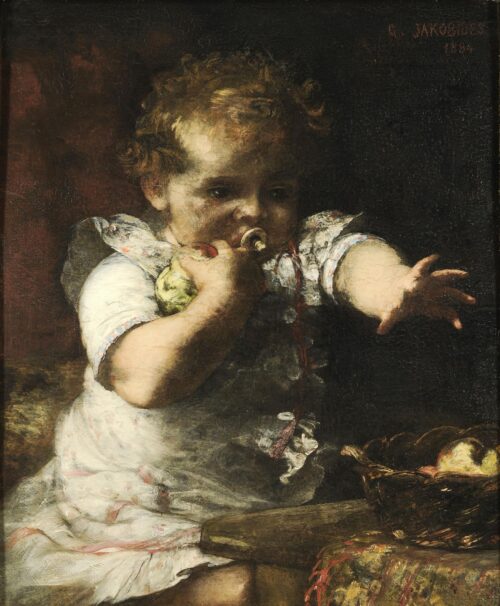
Greedy, 1884
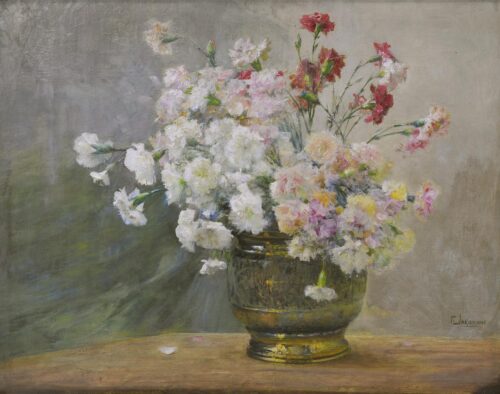
Vase of Flowers, ca 1900-1920
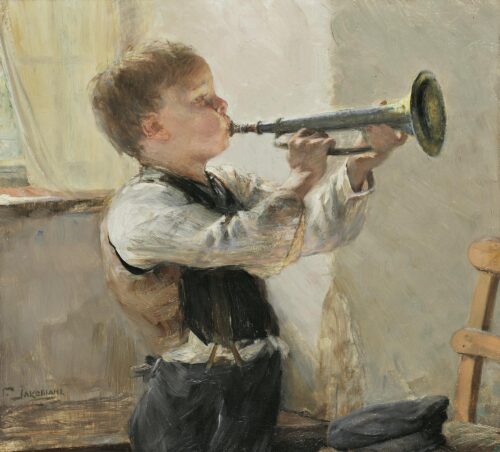
The Little Trumpeter
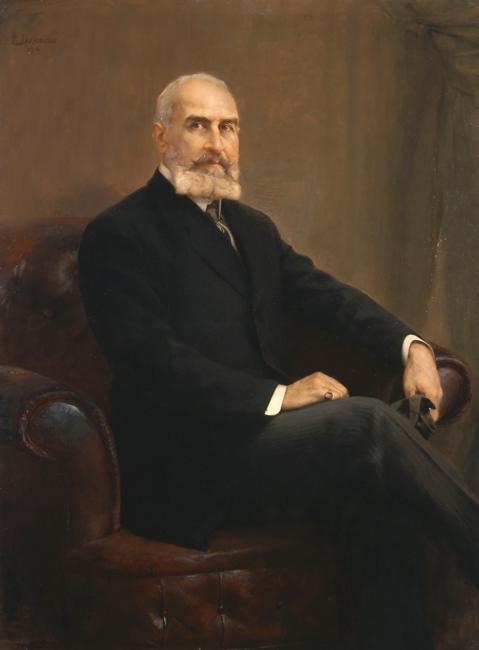
Portrait of Ioannis Valaoritis, 1916
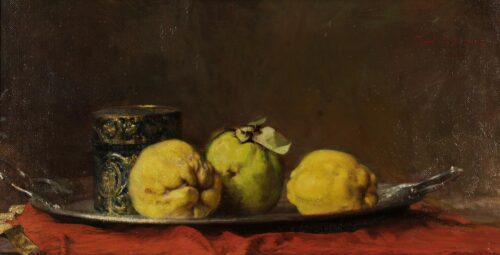
Still Life with Quince, 1909
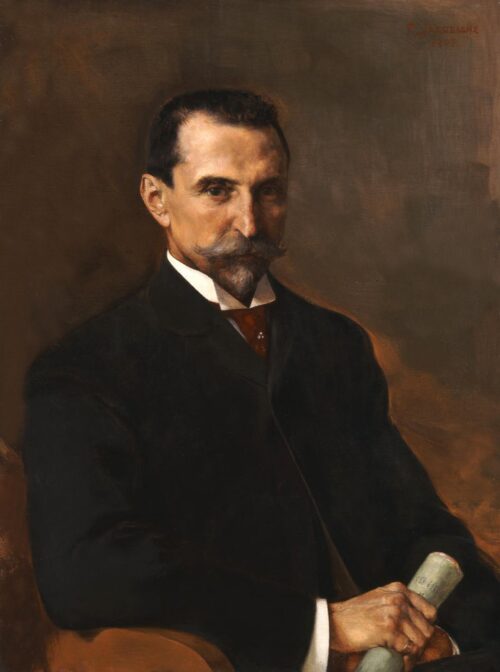
Portrait of Ioannis Athanasakis, 1907

We use cookies to make our site work properly, to personalize content and ads, to provide social media features and to analyze our traffic. We also share information about how you use our site with our social media, advertising and analytics partners. Read the Cookies Policy.
These cookies are necessary for the website to function and cannot be switched off in our systems. They are usually only set in response to actions made by you which amount to a request for services, such as setting your privacy preferences, logging in or filling in forms. You can set your browser to block or alert you about these cookies, but some parts of the site will not then work. These cookies do not store any personally identifiable information.
If you disable this cookie, we will not be able to save your preferences. This means that every time you visit this website you will need to enable or disable cookies again.
These cookies tell us about how you use the site and they help us to make it better. For example these cookies count the number of visitors to our website and see how visitors move around when they are using it. This helps us to improve the way our site works, for example, by ensuring that users find what they are looking for easily. Our website uses Google Analytics for statistics reporting.
Please enable Strictly Necessary Cookies first so that we can save your preferences!